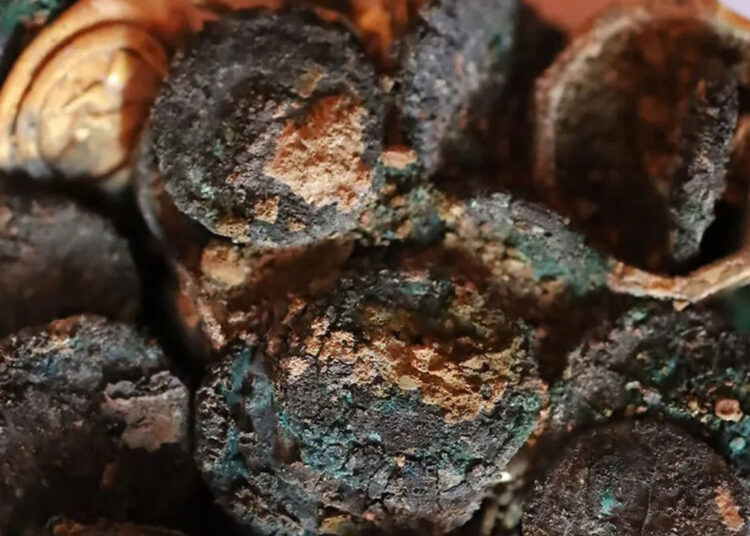Archaeological excavations in Histria offer new clues about the Roman period following the Greek colony of the 1st century BC. The discovery is considered an important step in understanding the social and economic fabric of the ancient city.
Among the found artifacts, pieces dating to the so-called Principal Period, which corresponds to the brightest era of the Roman Empire, stand out. Coins and various metal decorative items point to a magnificent treasure uncovered after a fire in an elegant family’s home.
The remnants of the box that protected the melted metals by the fire and the luxurious details inside the house provide clues about the daily life in Histria’s order. The artifacts include inscriptions and everyday household items; these findings contribute to forming a historical picture by combining structural elements such as the city’s roads, water system, and furnace.
This discovery provides archaeologists with rich information about life during the Roman period in the region, while the melted metal treasure and other artifacts are currently preserved and displayed at the National History Museum of Romania, undergoing thorough analysis and restoration before being exhibited.









